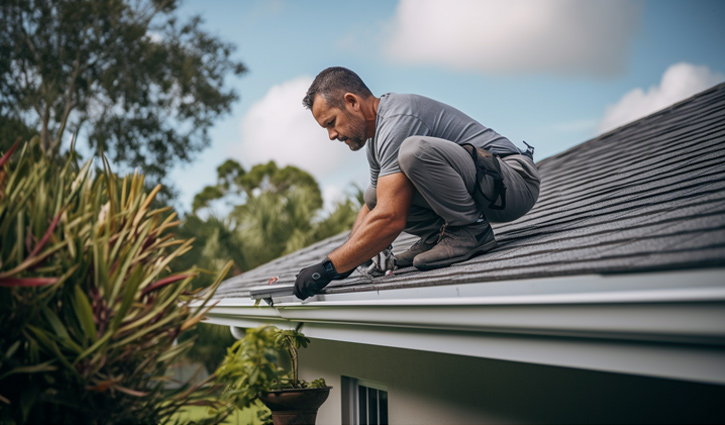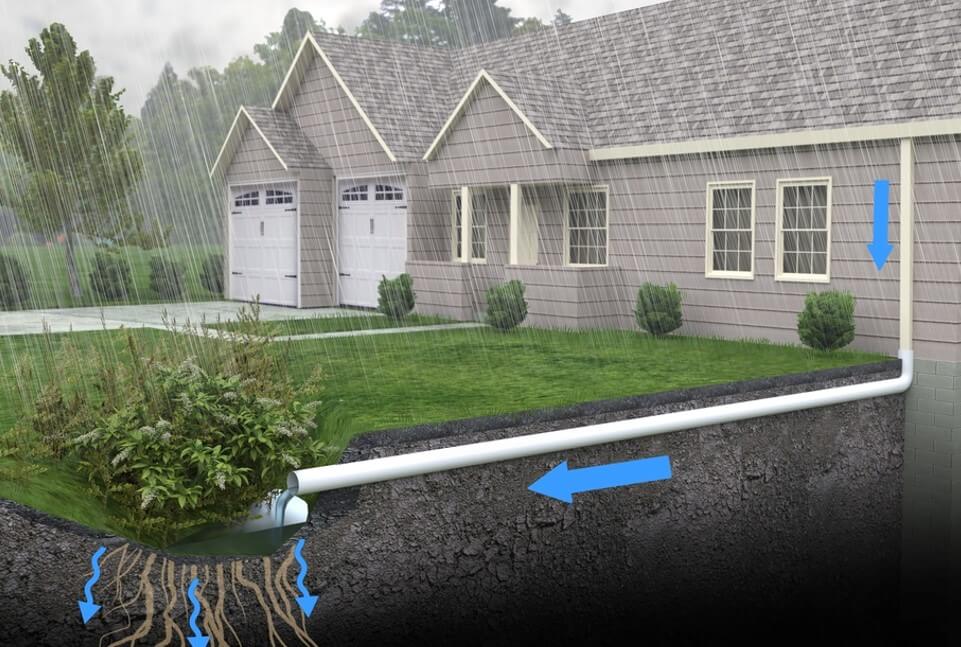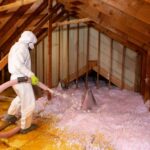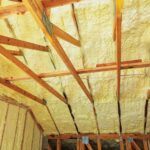Installing roof drainage is an essential task for any homeowner looking to protect their home from water damage. A well-designed drainage system ensures that rainwater is effectively managed, preventing issues such as leaks, mold, and structural damage. In this article, we will discuss how to install roof drainage and provide a comprehensive guide to help you through the process.

Understanding Roof Drainage Systems
Before diving into the installation process, it’s important to understand what roof drainage systems are and how they function. These systems are designed to collect and channel rainwater away from your roof and home, ensuring that water does not pool on the roof or near the foundation.
Types of Roof Drainage Systems
Gutter Systems
Gutter systems are the most common type of roof drainage. They consist of gutters that run along the edge of the roof, downspouts that direct water away from the house, and accessories such as brackets and gutter guards.
Internal Drains
Internal drains are often used on flat roofs. These drains are installed into the roof surface, channeling water through pipes within the building structure. This system is less visible and can be more efficient for certain roof designs.
Scuppers
Scuppers are openings placed in the parapet walls of a flat roof. They allow water to flow off the roof and into a downspout or gutter system. Scuppers are often used in conjunction with other drainage systems.
Steps to Install Roof Drainage
Planning Your Roof Drainage System
Before installation, plan out your roof drainage system. Consider factors such as roof slope, rainfall intensity, and local building codes. This planning will guide your decisions on the type of system and materials needed.
Gather Necessary Tools and Materials
Gather all the necessary tools and materials before starting. This typically includes gutters, downspouts, brackets, screws, a ladder, measuring tape, a level, and a drill. Having everything on hand will streamline the installation process.
Install Gutters
Begin by installing the gutters. Secure the brackets along the roofline, ensuring they are evenly spaced. Attach the gutters, making sure they slope slightly towards the downspouts to facilitate water flow.
Attach Downspouts
Next, attach the downspouts. These should be connected to the gutters and run vertically along the house. Secure them with brackets and ensure they direct water at least three feet away from the foundation.
Install Gutter Guards
Consider installing gutter guards to prevent debris from clogging the gutters. This can significantly reduce maintenance and improve the efficiency of your drainage system.
Maintenance Tips for Roof Drainage Systems
Regular Inspections
Perform regular inspections of your roof drainage system to identify any issues early. Look for signs of clogging, leaks, or damage, and address them promptly to maintain system efficiency.
Cleaning Gutters
Clean your gutters at least twice a year, especially during the fall when leaves are more likely to accumulate. Regular cleaning prevents clogs and ensures proper water flow.
Common Roof Drainage Issues and Solutions
Clogged Gutters
Clogged gutters can lead to water overflow and damage. Regular cleaning and the use of gutter guards can help prevent this issue.
Improper Slope
Ensure that your gutters have the correct slope towards the downspouts. An incorrect slope can prevent water from draining properly and lead to overflow.
Leaks
Inspect your gutters and downspouts for any leaks. Seal any leaks with a waterproof sealant to prevent water from escaping and causing damage.
Benefits of a Well-Installed Roof Drainage System
A well-installed roof drainage system offers numerous benefits, including:
- Protection from water damage and leaks
- Prevention of mold and mildew growth
- Increased lifespan of roofing materials
- Reduced risk of foundation damage
Conclusion
Installing an effective roof drainage system is a crucial step in protecting your home from water damage. By understanding the different types of systems, planning carefully, and maintaining your system, you can ensure your home remains safe and dry. For more information on maintaining your home’s roof, you can check out this roof inspection checklist.

Frequently Asked Questions
Why is roof drainage important?
Roof drainage is important because it prevents water from pooling on the roof, which can lead to leaks, mold growth, and structural damage.
How often should I clean my gutters?
It’s recommended to clean your gutters at least twice a year, particularly in the spring and fall. This helps prevent clogs and ensures effective drainage.
Can I install a roof drainage system myself?
Yes, many homeowners can install a roof drainage system themselves with the right tools and knowledge. However, for complex systems or large homes, hiring a professional may be beneficial.
For more detailed guidance on drainage solutions for flat roofs, visit this external resource.
This article contains affiliate links. We may earn a commission at no extra cost to you.







